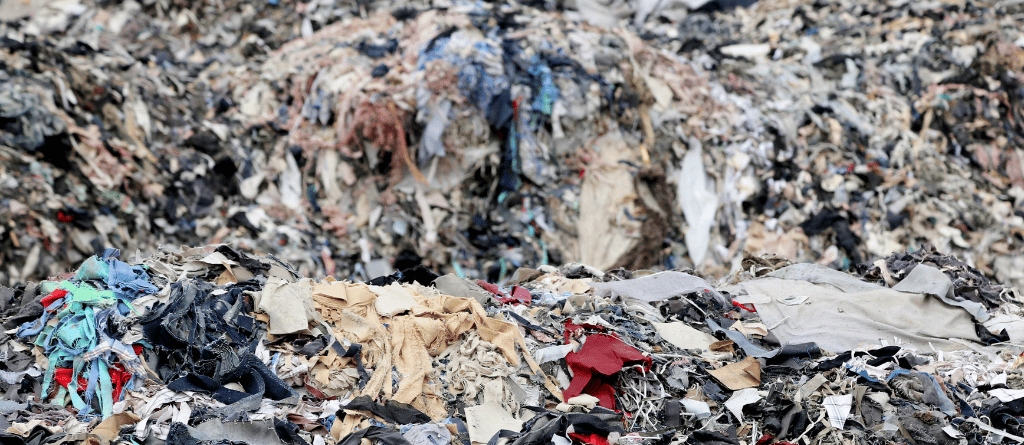Do you know what’s fascinating about us humans? We’re creatures of habit. Day in, day out, we’re running on our own personal autopilot. But what happens when the world around us suffers from our choices?
When we’re faced with urgent matters like climate change, vanishing wildlife, public health concerns, and the need for renewable energy, we can’t just stick to our old ways. These changes are more than just a hiccup in our daily routine – they’re calling for us to break out of our comfort zone.
There must be a better way to make the things we want, a way that doesn’t spoil the sky, or the rain or the land as Paul McCartney hoped. We must put our heads together and ignite change through dynamic campaigns to address these challenges.
We’re not just changing habits – we’re evolving for the better to rewire our habits, transform our routines, and choose a path that benefits us and the world around us. In this pursuit, gamification represents one of the most efficient avenues to sustain this change.
Uncovering the Facets of Sustainable Behaviour
Sustainable Behaviour = Actions that decrease adverse environmental impacts and decreased utilization of natural resources across the lifecycle of the product, behaviour, or service.
If we are to keep global warming below a threshold of 1.5 °C, we will need a comprehensive approach emphasising the critical roles of all societal levels, from individuals, and communities to businesses in reducing greenhouse gas emissions.
By 2035, our collective habits will have to shoulder a third of the weight when it comes to reducing carbon emissions, in line with the findings from the House of Lords Environment and Climate Change Committee,
Targeted interventions that educate and motivate behavioural change are necessary to implement this effectively. An all-inclusive strategy that considers this has the potential to greatly slow the pace of global warming by enlisting the help of every member of society.
And there is openness to this change – Unity estimates around 63% of employees would want to acquire more green skills. As such, the primary components of such a strategy include the acceptance and implementation of behavioural alterations to develop eco-friendly practises among humans, often known as pro-environmental behaviours.
Likewise, global transformation is possible via the coordinated efforts of many people. Yet, many existing policies overlook the contextual restrictions that might hinder a person’s capacity to accept behavioural change, although seeing the individual as the proper unit of change.
Ultimately, the key to unlocking our environmental aspirations is within each of us – it’s ‘people power’. Without the necessary motivation and tools for change, we’ll remain shackled in our current patterns – how we commute, consume, and keep ourselves warm.
Exploring Gamification’s Potential for Behaviour Change
Talking about change isn’t enough. People need to feel empowered to make sustainable choices. So, gamification builds an environment where making the eco-friendly choice is as simple as opting for the familiar one. They’re not just saying “go green” we pave the road with eco-friendly options.
Zichermann and Cunningham (2011) define gamification as the process of game-thinking and game mechanics to engage users and solve problems. It addresses two core issues at the intersection of sustainability and individual actions:
- ‘Value-Action Gap’ – a common situation where people care about the environment but need help adjusting their actions to reflect this concern consistently.
- ‘Default Bias’ – the human and organizational tendency to resist change and maintain the status quo due to inertia.
In the context of instruction and learning, gamification can be best described as the practice of utilizing elements such as game-based mechanics, aesthetics, and game-like thinking.
Sun and Xing (2023) concluded that factors associated with gamification, such as enjoyment, social interaction, and the desire for achievement could significantly increase consumers’ ongoing engagement.
In turn, this continued engagement positively impacts consumers’ environmentally friendly consumption behaviour. Furthermore, the study reveals that a sense of environmental responsibility enhances the link between consistent engagement and green consumption behaviour.
By displaying numbers, establishing milestones, and encouraging the sharing of pledges, gamification may help individuals keep track of their progress and be motivated to alter their behaviour.
- Embracing Diversity – Gamification draws on a broader audience, tapping into the enthusiasm of those who might not have cared about the environment otherwise. It motivates a diverse group to join the cause.
- Igniting Competition – A little healthy rivalry goes a long way. By introducing competition, people become more inclined to make eco-friendly changes.
- Leading by Example – Humans are social creatures who follow the crowd. Sustainability gamification showcases leaderboards, making sustainable practices the new norm.
- Rewarded for Good Deeds – Everyone loves a pat on the back. Gamification dishes out badges and rewards, inspiring individuals to strive for and achieve sustainability goals. It’s the ultimate motivator!
- Encouraging Learning – Complex concepts no longer feel intimidating; instead, they are uncovered through engaging gameplay. It provides a safe environment where users can learn by doing, experiencing, and experimenting.
Envisioning a Sustainable Future through the Lens of Gamification
From healthcare and education to transportation and beyond, sustainable gamification is making its mark in an extensive spectrum of sectors. Indeed, forecasts for the global gamification market from Mordor Intelligence indicate a substantial increase from $9.1 billion in 2020 to an expected $30.7 billion by 2025, at a CAGR of 27.4%.
Simultaneously, the ever-accelerating development of technology is reshaping the gamification scene. The tools available for creating unique gamification experiences are growing, from AR/VR to AI – these innovations promise to take user engagement to a whole new level, making it easier to persuade people to embrace sustainable practices.
From now on, forward-thinking enterprises should look at gamification as a calculated step in instilling long-term behavioural change. When we weave gamification into the basic structure of our operations, we may inspire a more sustainable way of living and spark significant transformations.
Games are not just fun they might be the solution to drive the global sustainable change we all need, from person to person.










